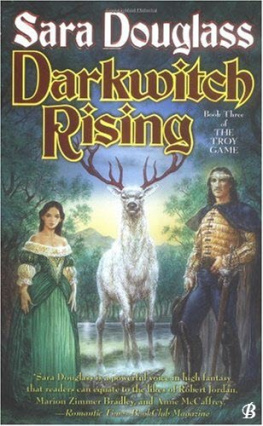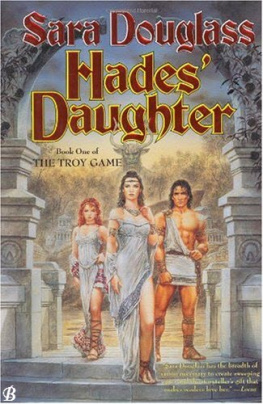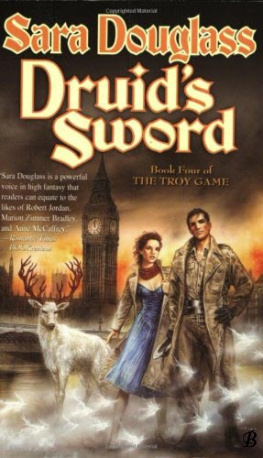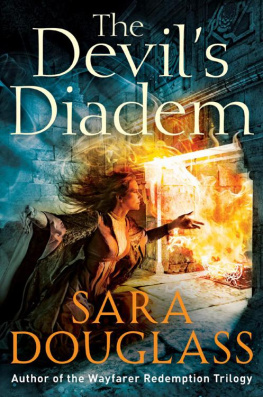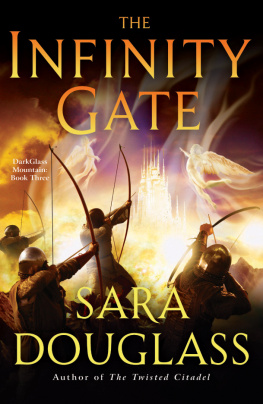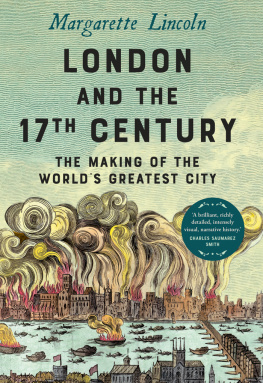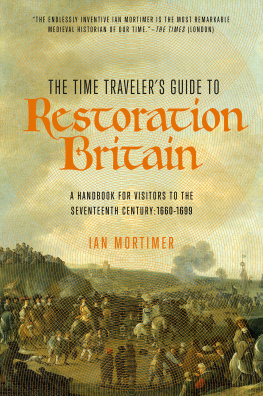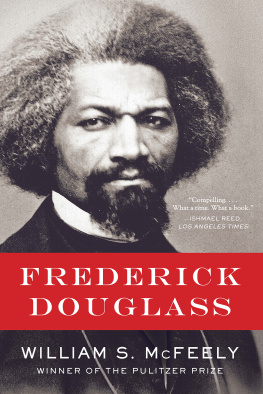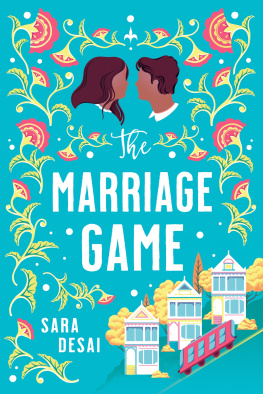Sara Douglass - Darkwitch Rising
Here you can read online Sara Douglass - Darkwitch Rising full text of the book (entire story) in english for free. Download pdf and epub, get meaning, cover and reviews about this ebook. year: 2006, publisher: HarperCollins Publishers Australia, genre: Art. Description of the work, (preface) as well as reviews are available. Best literature library LitArk.com created for fans of good reading and offers a wide selection of genres:
Romance novel
Science fiction
Adventure
Detective
Science
History
Home and family
Prose
Art
Politics
Computer
Non-fiction
Religion
Business
Children
Humor
Choose a favorite category and find really read worthwhile books. Enjoy immersion in the world of imagination, feel the emotions of the characters or learn something new for yourself, make an fascinating discovery.
- Book:Darkwitch Rising
- Author:
- Publisher:HarperCollins Publishers Australia
- Genre:
- Year:2006
- Rating:3 / 5
- Favourites:Add to favourites
- Your mark:
- 60
- 1
- 2
- 3
- 4
- 5
Darkwitch Rising: summary, description and annotation
We offer to read an annotation, description, summary or preface (depends on what the author of the book "Darkwitch Rising" wrote himself). If you haven't found the necessary information about the book — write in the comments, we will try to find it.
Darkwitch Rising — read online for free the complete book (whole text) full work
Below is the text of the book, divided by pages. System saving the place of the last page read, allows you to conveniently read the book "Darkwitch Rising" online for free, without having to search again every time where you left off. Put a bookmark, and you can go to the page where you finished reading at any time.
Font size:
Interval:
Bookmark:
This book remembers John and Frederick Warneke, merchant and Gentleman of the Tower of London. Ive met some strange people in London, but you two have proved the most surprising.
This is a very special book to me. Firstly, because when I began the research for this book, I never expected to knock on the door of the seventeenth-century Tower of London and find inhabiting there one of my German ancestors, and on the right side of the bars for once. So I gave him Ariadne. I thought hed like her.
Secondly, the book recalls for me a remarkable stillness in the most remarkable of cities. On Sunday 4th May 2003, I was in London, exploring the back alleys of the south-eastern quadrant of the City. The City was empty, as it usually is on a Sunday. I was walking up St Mary-at-Hill, following the steeple trail. To my right I saw a tiny lanewayIdol Laneand I caught a glimpse of something intriguing lurking amid the warehouses.
So I walked up Idol Lane, mildly curious, found an open churchyard gateand walked through. Im never one to refuse such an invitation.
I foundNo. Im not going to tell you. If ever youre in London on a sunny Sunday (dont go there during a weekday when the City office workers will be enjoying the magic) eschew the lure of Buckingham Palace or the Tower. Instead take a packed lunch and a bottle of wine, and perhaps even some company, and walk up Idol Lane and through the open churchyard gate.
Youll find there one of the reasons I love London so greatly: a living piece of real London, and a very special silence.

Facsimile of a mid-seventeenth century engraving of London, possibly by Wenceslaus Hollar, in Robert Wilkinson, Londina Illustrata , vol. I, 1819. (Labels added by Sara Douglass)
[Full key to map can be found at www.saradouglass.com/drising.html]
Idol Lane and Surrounds

Detail from Richard Horwoods Plan of the Cities of Westminster and London, 1792. The area surrounding St Dunstans-in-the-East and Idol Lane as it was in the late eighteenth century. The street layout has changed little since the Great Fire, although all of the medieval buildings surrounding the church have gone. Weyland Orrs house would have been in St Dunstans yard just opposite no. 10, Idol Lane.
T he two giants walked slowly and majestically up the gentle incline of the hill. Each was almost eight feet tall and five in girth, each wore long garments of chain mail, and each had wild long curls of reddish-brown hair that escaped from under their smooth, conical helmets, and thick, tangled beards. One grasped a spear, the other a sword.
Although they moved smoothly and their limbs swung freely and their curls fluttered in stringy tangles behind them, each looked as though he had been carved from wood. If you came upon them in the dusk, when they were still and watchful, you would think them nothing more than massive tree trunks, denuded of their leaves.
Their names were Gog and Magog, and they had once been Sidlesaghes. Now they were the legendary defenders of London, the sprawling seventeenth-century city which occupied the Veiled Hills, the sacred heart of the ancient land of Llangarlia. While the giants spent most of their time resting motionless in the Guildhall of the city, they remained true creatures of the Faerie, and it was to the Faerie that they came this night.
After lying quiescent for tens of thousands of years, the Faerie was waking, and the creatures of the Faerie stirring. Eaving, the goddess of the waters, had been reborn, and soon her lover, Og, the Stag God, would also awaken from his long death.
There was one other to rise back into warmth and life and breaththe Lord of the Faerie, the master of both Eaving and the Stag God, and all the creatures of the Faerie large and small. It was for news of him that the giants had left the Guildhall and entered the Realm of the Faerie.
The smooth-grassed hill Gog and Magog climbed was one of many. It rose some three hundred feet from the valley floor to a smooth flattened peak. To either side, and to the north beyond the valley, rose many similar hills, although these were all wooded. Mist drifted in the valleys between the hills, scarlet and blue birds dipping languidly in and out of its billowing vapours. It was a tranquil scene, but only at first glance. If one looked closer, as Gog and Magog did when they paused for breath ten or so paces from the summit of the hill, flashes of movement could be discerned amid the trees of all the surrounding hills: creatures of the Faerie, converging on the hill which the giants climbed. This hill was the only one clear of all vegetation save grass. For this reason it was known among the Faerie as The Naked.
The Naked was one of the holy sites within the Realm of the Faerie, for it was here that its lord sat his Faerie throne.
Tonight, the Faerie who gathered atop The Naked hoped to hear the news for which theyd been yearning for ten thousand years: that the Faerie throne, so long bare and cold, would soon be filled again.
Gog and Magog halted as they attained the summit, looking about. Despite the fact that the hill was relatively small, the summit appeared roomy enough to hold several ten thousands of the Faerie folk.
The giants were not the first to arrive. They were greeted by a small, dark, fey woman who walked over to them, her hands outstretched.
Gog, Magog, she said, reaching up to kiss each one on the cheek (a feat which had to be aided by Gog, who lifted her up so she could kiss Magogs cheek, and then his, before he set her down). It has been so long.
Mag, rumbled Magog. We are glad-hearted that you are here.
I, and all my sisters and predecessors, said Mag, the once goddess of the waters of the land.
Is it Gog could not finish, for emotion had choked him.
Mag smiled, her face gentle and serene. Aye, she said, it is time. The Lord of the Faerie approaches.
The giants each drew in deep breaths of joy.
Where? said Magog. When?
Not here, she said. Not yet, but before too many more years have passed.
She stood back, and the giants saw that now many thousands of creatures thronged the summit: Sidlesaghes, water sprites, snow ghosts, wood sylphs, grey and black lumpens who were the souls of the mountains, badgers and moles (the most mystical and royal of those animals who trod the mortal world), moon shadows and sun dapples, and the strange low, pallid-skinned creatures who inhabited the caverns of the land, but who, since the beginning of creation, had refused to tell anyone their names.
Most of the Faerie simply called them cavelings.
One of the gathered Sidlesaghes walked towards where Mag stood with the giants. It was Long Tom, the Sidlesaghe who best knew Eaving, the new-born goddess of the waters. The giants greeted him cheerfully, for Long Tom had once been their brother.
Is it true, said Gog, that the Lord of the Faerie shall be returning to us?
Yes, said Long Tom. He stood back a little, and gestured eastwards.
The creatures that thronged the top of the Naked stepped back at his command, and the giants had a clear sight through to the eastern aspect of the summit. There stood a carved throne of faerie wood, known to mortals as burr elm.
On the seat of the throne rested a crown, made of twisted twigs and sprigs of red berries, and as the giants stared a beam of light illumed the crown of twigs.
Next pageFont size:
Interval:
Bookmark:
Similar books «Darkwitch Rising»
Look at similar books to Darkwitch Rising. We have selected literature similar in name and meaning in the hope of providing readers with more options to find new, interesting, not yet read works.
Discussion, reviews of the book Darkwitch Rising and just readers' own opinions. Leave your comments, write what you think about the work, its meaning or the main characters. Specify what exactly you liked and what you didn't like, and why you think so.

